There’s a special kind of magic that sweeps across the landscape when autumn arrives. The air turns crisp, the scent of woodsmoke subtly perfumes the breeze, and nature puts on its most breathtaking show: the vibrant spectacle of fall colors. From fiery reds to golden yellows and deep purples, the world transforms into a painter’s masterpiece, drawing millions outdoors to witness this fleeting beauty. If you’ve ever dreamt of immersing yourself in a kaleidoscope of autumn leaves, this guide is your ticket to finding the best fall colors and foliage, ensuring your next leaf-peeping adventure is nothing short of spectacular.
It’s more than just a pretty sight; chasing autumn leaves is an experience for all senses. It’s about crisp hikes through rustling forests, cozy drives along winding scenic routes, and the sheer joy of seeing nature in its most flamboyant phase. But finding the best fall colors isn’t always as simple as stepping outside. It requires a bit of know-how, a sprinkle of planning, and a dash of good timing. Let’s peel back the layers of this seasonal phenomenon and discover how you can become a pro at finding the most dazzling autumn displays.
The Science Behind the Spectacle: Why Leaves Change Color
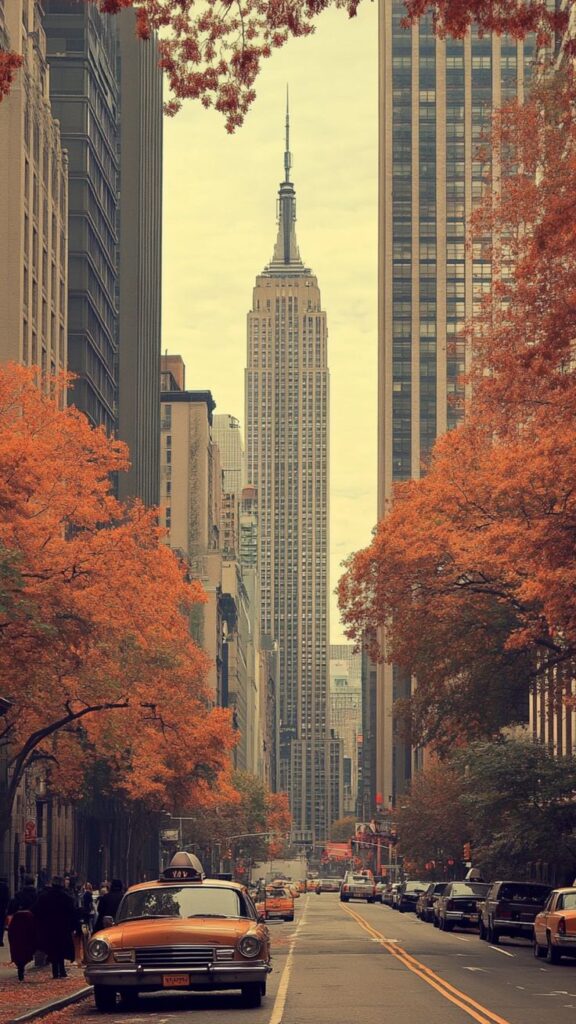
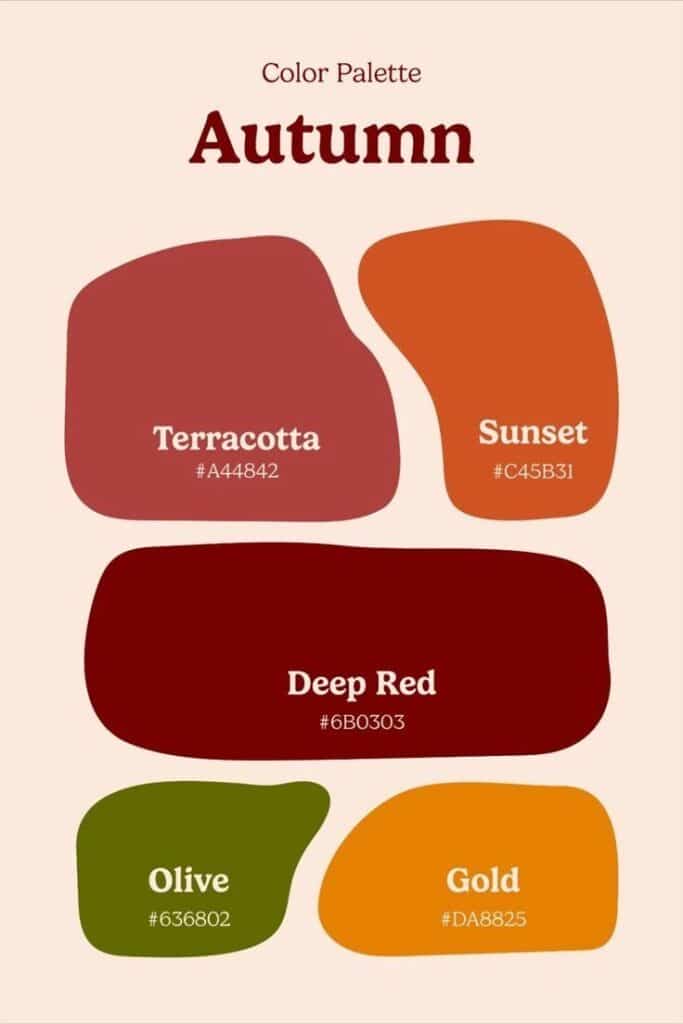
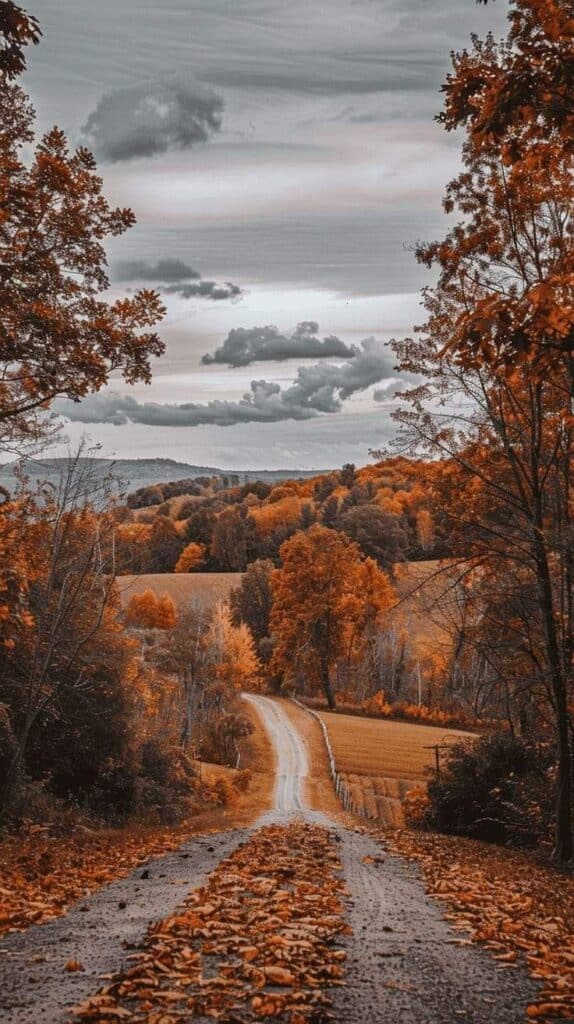
Before we dive into where and when to find the most stunning fall colors, let’s quickly understand the “why.” It’s not just a random act of nature; there’s some fascinating science at play, driven primarily by light and temperature changes.
During spring and summer, leaves are busy making food for the tree through photosynthesis. This process relies on a green pigment called chlorophyll. Chlorophyll is so dominant that it masks all the other colors hiding within the leaf. It’s like the lead singer in a band, hogging all the spotlight.
As days shorten and temperatures drop in autumn, trees begin to prepare for winter dormancy. They stop producing chlorophyll. Without the constant replenishment, the existing chlorophyll starts to break down. As this dominant green pigment fades, the other colors, which were there all along but hidden, finally get their moment to shine.
So, what are these hidden colors?
- Yellows and Oranges (Carotenoids): These pigments, like carotene (think carrots!), are present in the leaves throughout the growing season. They’re involved in photosynthesis, but their colors are usually overshadowed by chlorophyll. When chlorophyll disappears, these vibrant yellows and oranges emerge, creating those brilliant golden hues we adore.
- Reds and Purples (Anthocyanins): These colors are a bit different. Unlike carotenoids, anthocyanins aren’t present in the leaves all summer. They are produced in the autumn in response to certain conditions, primarily bright sunlight and cool, but not freezing, temperatures. Sugar trapped in the leaves also plays a role; the more sugar, the more intense the reds and purples can be. This is why you often see the most spectacular reds after a period of sunny days and cool, crisp nights.
The intensity and duration of fall colors are a delicate dance between various environmental factors. A warm, wet spring followed by a summer with adequate rainfall, and then a fall with warm, sunny days and cool (but not freezing) nights, generally leads to the most vibrant displays. Drought, early frosts, or prolonged cloudy periods can all dull the show.
Timing is Everything: When to Catch Peak Foliage
You can’t just pick any weekend in autumn and expect to hit peak fall colors. Timing is crucial, and it varies significantly by location, elevation, and even year to year. Think of it like trying to catch a specific wave – you need to know when and where it’s going to crest.
Generally, the fall foliage season in the Northern Hemisphere runs from late September to mid-November. However, this is a broad stroke. Here’s how to narrow it down:
Understanding the Progression
- Northern Latitudes and Higher Elevations First: Leaves typically begin to change color in the northernmost regions and at higher elevations first. Think of places like northern New England, the Canadian Rockies, or the high peaks of the Appalachian Mountains. Their seasons can start as early as late September.
- Moving South and to Lower Elevations: As autumn progresses, the color change sweeps southward and down into lower elevations. By mid-October, many parts of the mid-Atlantic and Midwest states will be at their prime.
- Late Season Show: In some Southern states or coastal areas, the show might extend well into early to mid-November, sometimes even later in warmer years.
Tools for Tracking Peak Foliage

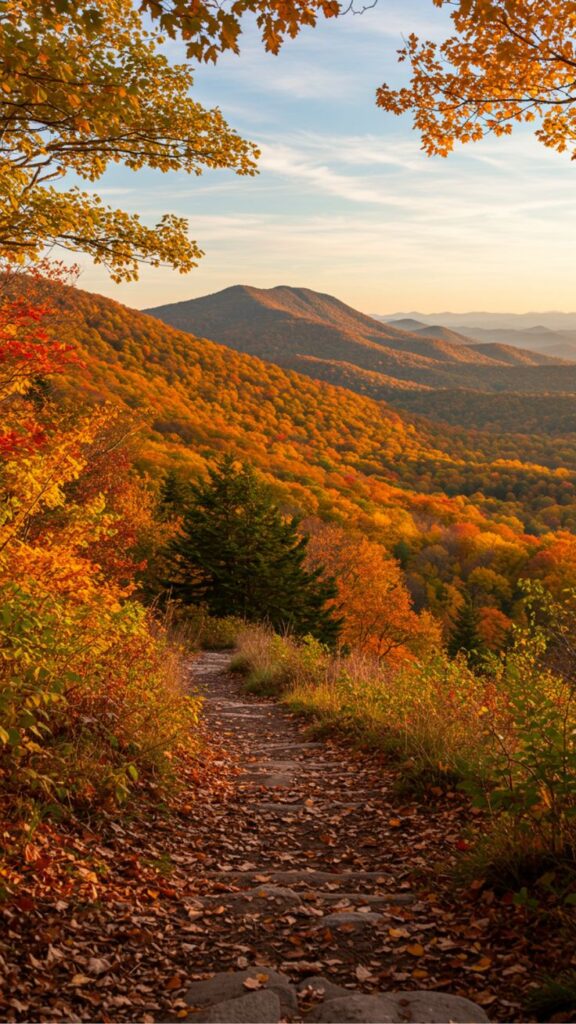
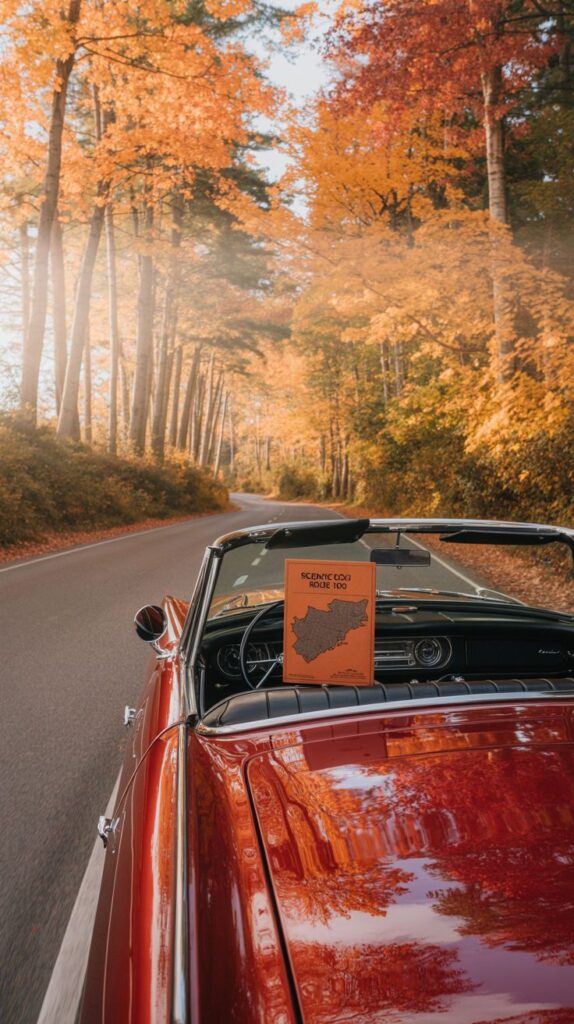
Gone are the days of guessing! Several resources can help you pinpoint the best time for your leaf-peeping adventure:
- Foliage Forecast Maps: Many tourism boards and weather websites (like SmokyMountains.com’s annual fall foliage map or various state-specific maps) publish interactive maps that predict peak times across different regions. These are invaluable planning tools.
- State Tourism Websites: Local and state tourism websites often provide real-time updates, photos, and recommendations for scenic drives and hikes.
- Social Media: Follow local photographers and travel accounts in your desired region. They’ll often post current conditions.
- Call Ahead: If you’re heading to a specific state park or national forest, don’t hesitate to call their visitor center. Park rangers are usually the most knowledgeable about local conditions.
The “Sweet Spot”
Aim for what’s known as “peak” foliage, which means the majority of trees have changed color and are at their most vibrant. However, keep in mind that “peak” is a narrow window, often just a week or two for any given area. Arriving a little before or after peak can still offer incredible views, sometimes with fewer crowds. If you’re flexible, plan to arrive mid-week to avoid weekend crowds, which can be intense in popular areas.
Geography Matters: Top Regions for Fall Colors
Some places are just legendary for their fall colors, and for good reason. They boast a combination of diverse tree species, dramatic landscapes, and the right climate conditions to produce truly epic displays.
North America’s Legendary Leaf-Peeping Destinations



- New England, USA: Without a doubt, New England is the undisputed champion of fall foliage. States like Vermont, New Hampshire, Maine, Massachusetts, Connecticut, and Rhode Island transform into a breathtaking tapestry of reds, oranges, and golds. Maple trees are abundant here, contributing to the fiery reds.
- Must-See Spots: The Kancamagus Highway in New Hampshire, Vermont’s Route 100, Acadia National Park in Maine, and the Berkshires in Massachusetts.
- Appalachian Mountains, USA: Stretching from Georgia all the way to Maine, the Appalachian Mountains offer a prolonged and diverse fall foliage season. The sheer variety of tree species – oaks, maples, birches, hickories – creates a complex and layered color palette.
- Must-See Spots: The Blue Ridge Parkway and Shenandoah National Park (Virginia), Great Smoky Mountains National Park (North Carolina/Tennessee), and West Virginia’s scenic byways.
- Upper Midwest, USA: States like Michigan, Wisconsin, and Minnesota offer stunning autumn landscapes, especially around their numerous lakes and forests. Aspens provide brilliant yellows, while maples contribute rich reds.
- Must-See Spots: Michigan’s Upper Peninsula, Wisconsin’s Door County, and Minnesota’s North Shore of Lake Superior.
- Pacific Northwest, USA: While less famous for “leaf peeping” than New England, the Pacific Northwest offers its own unique autumn charm. Think golden larches in the mountains and vibrant deciduous trees scattered among the evergreen forests.
- Must-See Spots: The Enchantments in Washington (for larches), Hood River Valley in Oregon (for orchards and vineyards), and various state parks.
- Canada: Our northern neighbor offers equally spectacular displays, particularly in the eastern provinces.
- Must-See Spots: Quebec’s Laurentian Mountains, Ontario’s Algonquin Provincial Park, and the scenic drives of Nova Scotia. The iconic Canadian maple tree ensures brilliant reds and oranges dominate.
Beyond North America: Global Fall Foliage Hotspots

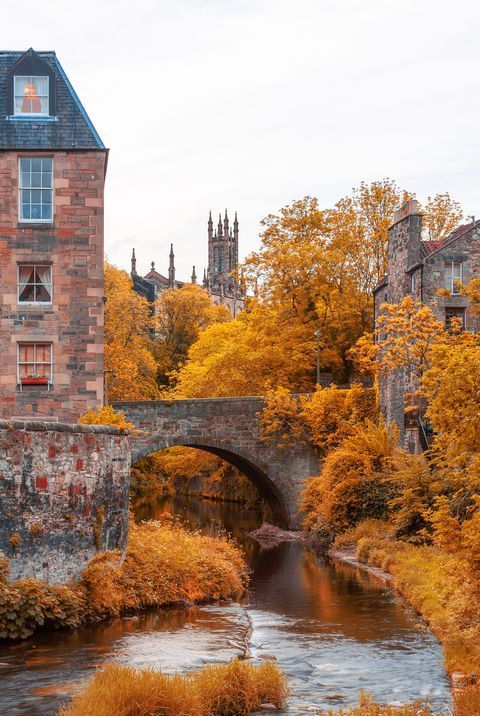
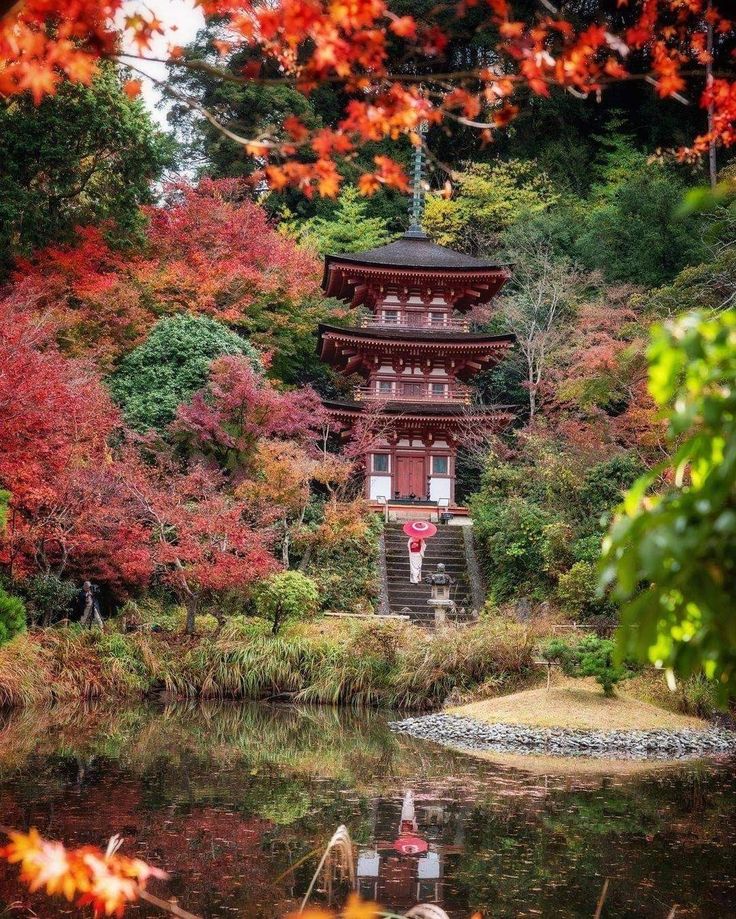
While North America might get a lot of the spotlight, don’t underestimate the autumn beauty found across the globe.
- Japan: Renowned for “koyo” (red leaves), Japan’s fall foliage rivals its cherry blossoms in popularity. Japanese maples turn incredibly vibrant shades of red and orange.
- Must-See Spots: Kyoto (especially temples and gardens), Nikko, Hokkaido (earlier season), and various national parks.
- Europe: From ancient forests to vineyard-covered hills, Europe offers diverse fall experiences.
- Must-See Spots: The Black Forest in Germany, the Scottish Highlands, Bavaria, the Loire Valley in France, and the Douro Valley in Portugal with its vibrant vineyards.
- South Korea: Another Asian gem, South Korea’s mountains and national parks are ablaze with color in autumn.
- Must-See Spots: Seoraksan National Park, Naejangsan National Park, and Seoul’s city parks.
Beyond the Big Names: Hidden Gems for Leaf Peeping
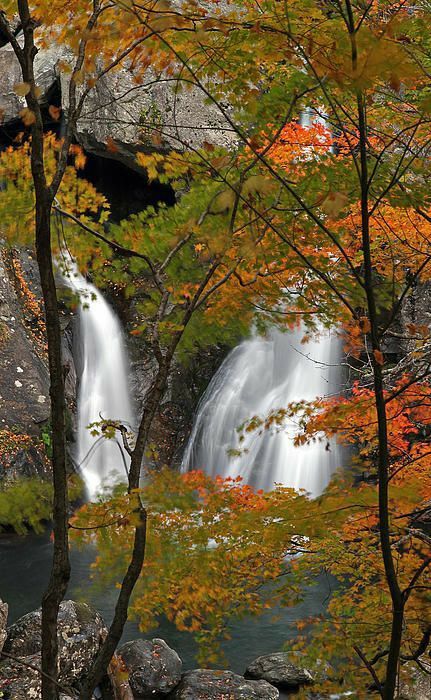
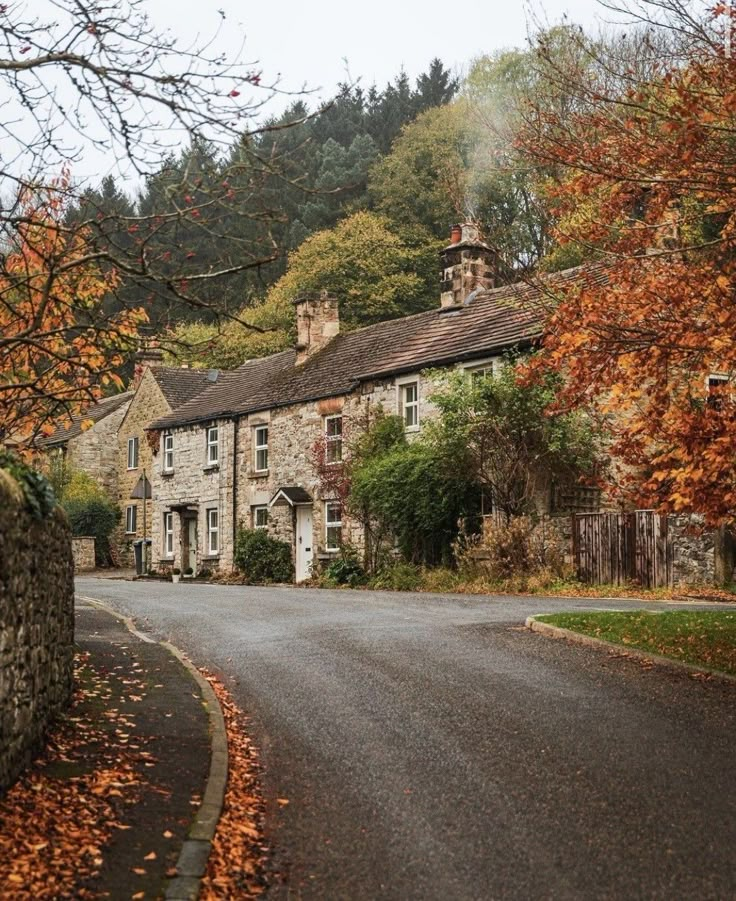

While the famous destinations are famous for a reason, they also come with crowds. If you prefer a more tranquil experience, or if you’ve already “done” the big spots, consider venturing off the beaten path to discover some hidden gems.
- Local and State Parks: Often overlooked, smaller state parks, regional parks, and nature preserves can offer equally stunning displays without the tour buses. Check your local state’s parks department website for hidden trails and scenic outlooks.
- Lakeshores and Riversides: Water bodies often reflect the vibrant colors, doubling the beauty. The reflection creates incredible photo opportunities and a serene atmosphere. Think of small lakes, calm rivers, or even large ponds.
- Arboreta and Botanical Gardens: These cultivated spaces often feature a wide variety of deciduous trees, many specifically chosen for their spectacular fall color. They’re usually well-maintained, accessible, and offer detailed information about the different species. If you’re interested in cultivating your own vibrant outdoor spaces, these places can offer fantastic inspiration, much like exploring different cut flower garden ideas might spark your creativity.
- College Campuses: Many older university campuses boast mature trees and beautifully landscaped grounds that can be surprisingly beautiful in autumn. Plus, you might find a cozy coffee shop to warm up in.
- Scenic Byways (Non-National): Every state has lesser-known scenic byways that wind through rural landscapes. Grab a local map, look for roads marked “scenic,” and just drive. You might stumble upon quaint towns, local farms, and unexpected bursts of color.
- Urban Green Spaces: Even large cities often have magnificent parks that become fall havens. Central Park in New York City, Boston Common, or Portland’s Forest Park are just a few examples where you can find impressive autumn foliage right in the heart of the urban sprawl.
Finding these hidden gems often requires a bit more research or a willingness to explore spontaneously. The reward is a more intimate and less hurried experience of nature’s grand autumn show.
Planning Your Perfect Foliage Trip: Logistics and Tips
A successful leaf-peeping trip isn’t just about showing up; it’s about smart planning. A little foresight can turn a good trip into an unforgettable autumn adventure.
Accommodation: Book Early!



This cannot be stressed enough. Popular fall foliage destinations, especially in New England and the Appalachians, book up months in advance.
- Hotels & B&Bs: If you have specific dates and locations in mind, book your lodging as soon as your plans are firm.
- Cabins & Rentals: For a more secluded experience, consider renting a cabin or a vacation home. These also go quickly.
- Camping: If you’re adventurous, many state and national parks offer camping. This can be a more affordable and immersive way to experience nature, but campgrounds also fill up fast.
Transportation: The Scenic Route


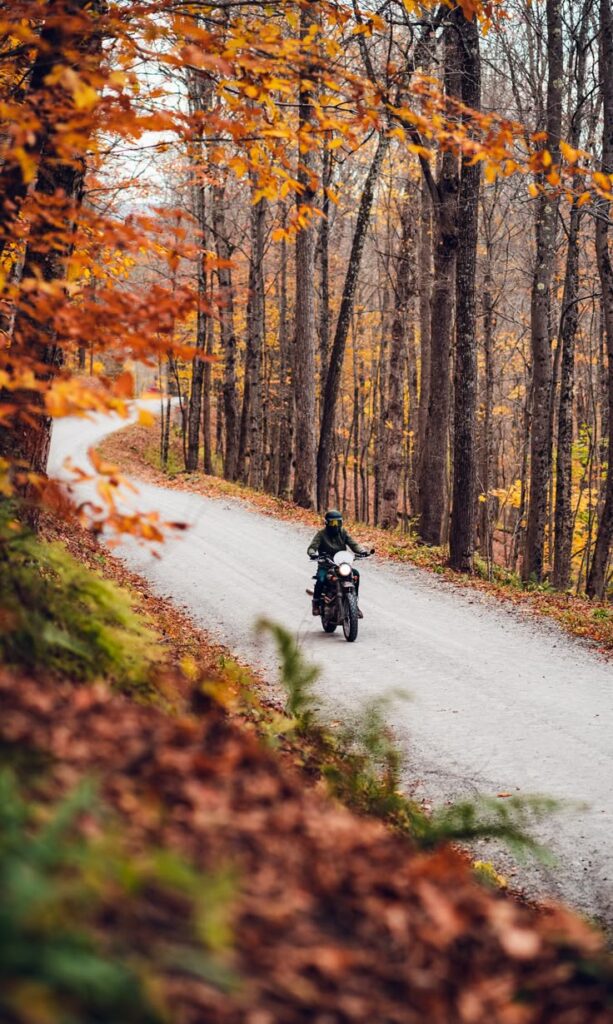
- Car is King: For ultimate flexibility and access to remote scenic byways, a car is essential. Ensure your vehicle is in good working order, especially if you’ll be navigating mountain roads.
- Scenic Drives: Plan your routes around designated scenic byways. These are designed to showcase the best views and often have pull-offs for photo opportunities. Don’t be afraid to take detours!
- Motorcycles & Bicycles: For a more immersive experience, consider touring by motorcycle or bicycle, especially on less trafficked roads. Just remember to dress warmly!
- Public Transport: While less common for deep leaf-peeping, some areas offer scenic train rides or bus tours that can provide stunning views without the hassle of driving.
Packing Essentials: Be Prepared for Anything
Autumn weather is famously fickle. You can experience all four seasons in a single day.
- Layers, Layers, Layers: This is the golden rule. Pack warm sweaters, fleeces, a waterproof and windproof jacket, and lighter tops.
- Comfortable Footwear: You’ll be doing a lot of walking or hiking, so sturdy, waterproof shoes are a must.
- Camera Gear: Don’t forget your camera, extra batteries, memory cards, and perhaps a tripod for those landscape shots.
- Navigation: GPS is great, but a physical map can be a lifesaver in areas with spotty cell service.
- Snacks & Water: Always carry snacks and water, especially if you’re venturing into remote areas where services are sparse.
- First-Aid Kit: Basic supplies are always a good idea.
Route Planning & Avoiding Crowds
- Maps & Apps: Use apps like Google Maps, AllTrails (for hiking), or specialized foliage tracking apps. Download offline maps for areas with no signal.
- Early Bird Gets the Worm: Start your day early to beat the crowds to popular overlooks and trails.
- Mid-Week Travel: If possible, plan your trip during the week rather than on weekends to avoid the heaviest traffic and congestion.
- Flexibility: Be open to changing your plans. If one area is too crowded, have a backup scenic route in mind.
Staying Connected & Inspired
While you’re out exploring, remember that you can always capture the beauty around you and bring inspiration back home. For instance, after seeing so much natural beauty, you might feel motivated to revisit your own living space. Think about how the colors and textures of fall could inspire creating aesthetic spaces in your home, turning your memories into tangible design choices.
Photography Pointers: Capturing Autumn’s Canvas
Autumn foliage offers some of the most spectacular photography opportunities. Here’s how to capture those breathtaking views and make your photos pop.
Master the Light



- Golden Hour is Your Best Friend: The hour after sunrise and the hour before sunset, known as “golden hour,” casts a warm, soft light that truly makes autumn colors sing. The low angle of the sun enhances textures and deepens hues. Learning how to best utilize this magical time can drastically improve your shots; for more tips on mastering golden hour photography, check out specialized guides.
- Overcast Days: Don’t dismiss cloudy days! Overcast conditions act like a giant softbox, diffusing the light evenly and reducing harsh shadows. This can be excellent for capturing rich, saturated colors without blown-out highlights.
- Backlighting: Experiment with shooting into the sun (carefully!). Backlighting can make translucent leaves glow, creating a beautiful ethereal effect.
Composition is Key
- Rule of Thirds: Place your main subject (a particularly vibrant tree, a winding road) along the intersecting lines or at their points, rather than dead center, for a more dynamic image.
- Leading Lines: Use roads, fences, rivers, or paths to draw the viewer’s eye into the scene.
- Framing: Use tree branches or other natural elements to frame your subject, adding depth and context.
- Reflections: Look for opportunities to capture reflections of colorful trees in lakes, ponds, or even puddles. Still water can create stunning mirror images.
- Patterns & Textures: Don’t just shoot wide landscapes. Look for close-up opportunities: intricate leaf patterns, dew drops on foliage, or the texture of bark against bright leaves.
Gear Considerations
- Wide-Angle Lens: Great for sweeping landscapes.
- Telephoto Lens: Useful for compressing perspective, isolating specific clusters of trees, or capturing details far away.
- Polarizing Filter: An absolute must-have for fall foliage photography! It reduces glare on leaves and water, deepens blue skies, and enhances color saturation.
- Tripod: Essential for sharp images in low light (golden hour, overcast conditions) or when using longer exposures for silky water effects.
- Macro Lens: For stunning close-ups of individual leaves, dew, or small details.
Post-Processing Basics
A little post-processing can go a long way. Adjusting saturation, contrast, shadows, and highlights can truly bring out the best in your fall photos, making those colors pop even more. However, always aim for natural enhancements rather than over-processing.
Conclusion: Your Autumn Adventure Awaits
The chase for autumn colors is more than just a quest for beautiful scenery; it’s an embrace of a season, a connection with nature, and an opportunity for unforgettable adventures. From the scientific dance of pigments in a leaf to the strategic planning of your road trip, every aspect contributes to the magic. Whether you’re hiking through a vibrant forest, cruising along a scenic byway, or simply sipping cider while surrounded by golden hues, the experience of “leaf peeping” is a profound reminder of the planet’s incredible artistry.
Armed with knowledge about the science behind the spectacle, the best timing, top destinations, and practical tips for planning and photography, you’re now ready to embark on your own fall foliage adventure. Remember to respect the environment, support local communities, and most importantly, soak in every breathtaking moment. This autumn, step outside, breathe deeply, and let the vibrant tapestry of fall colors refresh your spirit. You might even find inspiration for your home, like ideas for designing a patio that complements your home’s aesthetic to extend that natural beauty to your own backyard.
So, what are you waiting for? Start planning your journey, pack your bags, and get ready to chase autumn. The most spectacular show of the year is just around the corner, waiting for you to discover its vibrant embrace. Happy leaf peeping!
- 30shares
- Facebook0
- Pinterest30
- Twitter0


